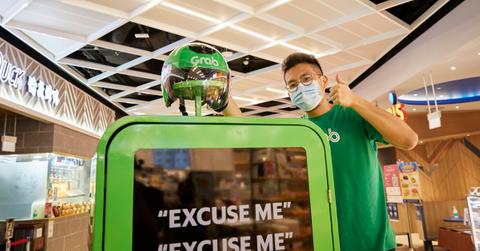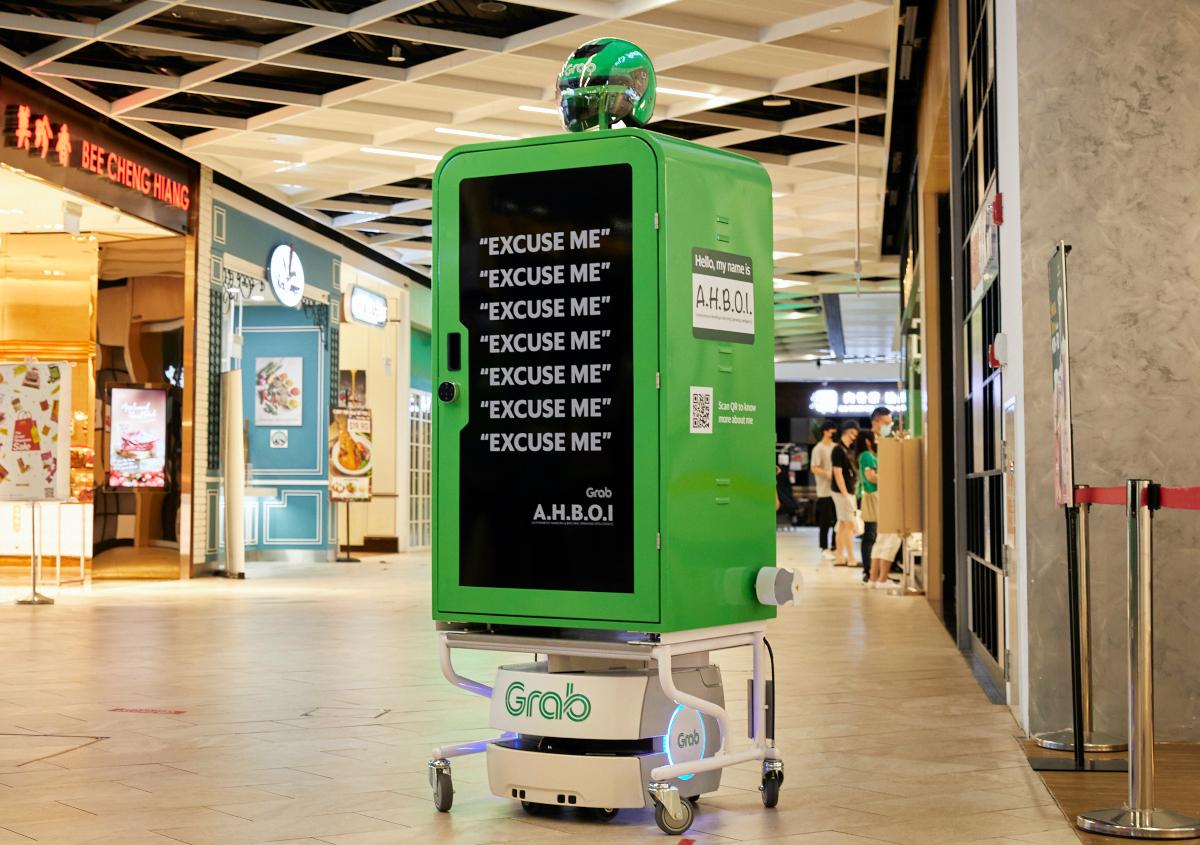Will Grab Follow in Uber's and Didi's Footsteps after the AGC Merger?
The AGC-Grab deal finally seems on track, and voting is scheduled for Nov. 30. Will the stock go up after the merger date?
Nov. 26 2021, Published 11:31 a.m. ET

When the merger between Altimeter Growth Corp. (AGC) and Southeast Asia-based ride-hailing company Grab was announced in April 2021, it was the biggest SPAC merger of all time. After some delay, the merger finally seems on track, and voting is scheduled for Nov. 30. The result will be the second Asian ride-hailing company listing on U.S. stock markets in 2021. The experience with Didi, the other ride-hailing IPO of 2021, hasn’t been pleasant. Will Grab be like Didi and Uber, which both trade below their IPO price?
Ride-hailing apps haven’t really created value for public stockholders—even Lyft trades far below its IPO price of $72. What's dragging down the space?
Ride-hailing stocks fell during the COVID-19 pandemic
Ride-hailing stocks were weak in 2020 amid the COVID-19 pandemic. China’s crackdown took a toll on Didi stock, and that rippled to Uber, as it holds a stake in the company. The growing clamor over the classification of gig-economy workers that ride-hailing companies deploy hasn’t helped matters, either.
The AGC-Grab merger vote is set for Nov. 30
Assuming the AGC-Grab merger is approved on Nov. 30, the merged entity will begin trading under the ticker symbol “GRAB”. As AGC stock is trading at a decent premium to its SPAC IPO price, shareholders should be enticed to vote in favor of the merger.
Grab is a play on the Southeast Asian market
Grab, a play on Southeast Asia's 670 million-strong population, is the region's leading superapp and offers mobility, delivery, and financial services. It also has an enterprise and new initiative segment.
In 2021's third quarter, Grab’s revenue fell year-over-year amid COVID-19 lockdowns in Vietnam. It also lowered its 2021 guidance. Like fellow ride-hailing companies, Grab is posting losses—mostly because of incentives it pays to drivers and customers.
Grab has a massive total addressable market
Grab estimates that its TAM (total addressable market) value will rise above $180 billion by 2025, from $52 billion in 2020. In 2020, the company had adjusted net revenue of $1.6 billion, and it expects that to grow 42 percent compounded annually to $4.5 billion by 2023. The company foresees turning adjusted-EBITDA-positive by 2023, forecasting adjusted EBITDA of $0.5 billion that year.
Grab sees financial services as a key long-term driver. It has increased its stake in Indonesian mobile wallet provider Ovo to around 90 percent after acquiring shares from Lippo Group and PT Tokopedia. The merger with AGC gave Grab an equity value of $39.55 billion.
Grab is worth $53 billion now
Grab is worth $53 billion now. In comparison, Didi has a market cap of around $39 billion, whereas Uber’s market cap is just under $82 billion. However, Grab has a different business model than Didi and Uber, and the market is far less penetrated in Southeast Asia than in China or the U.S.
At its current price, AGC stock doesn't look too attractive. Whereas it's rising as the merger date approaches—normal in SPAC mergers—it will likely come down afterward. Ride-hailing IPOs haven’t been pleasant, and Grab may carry on that trend.


